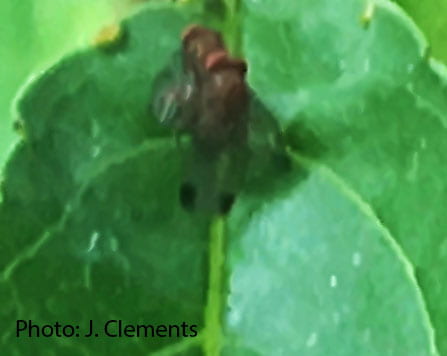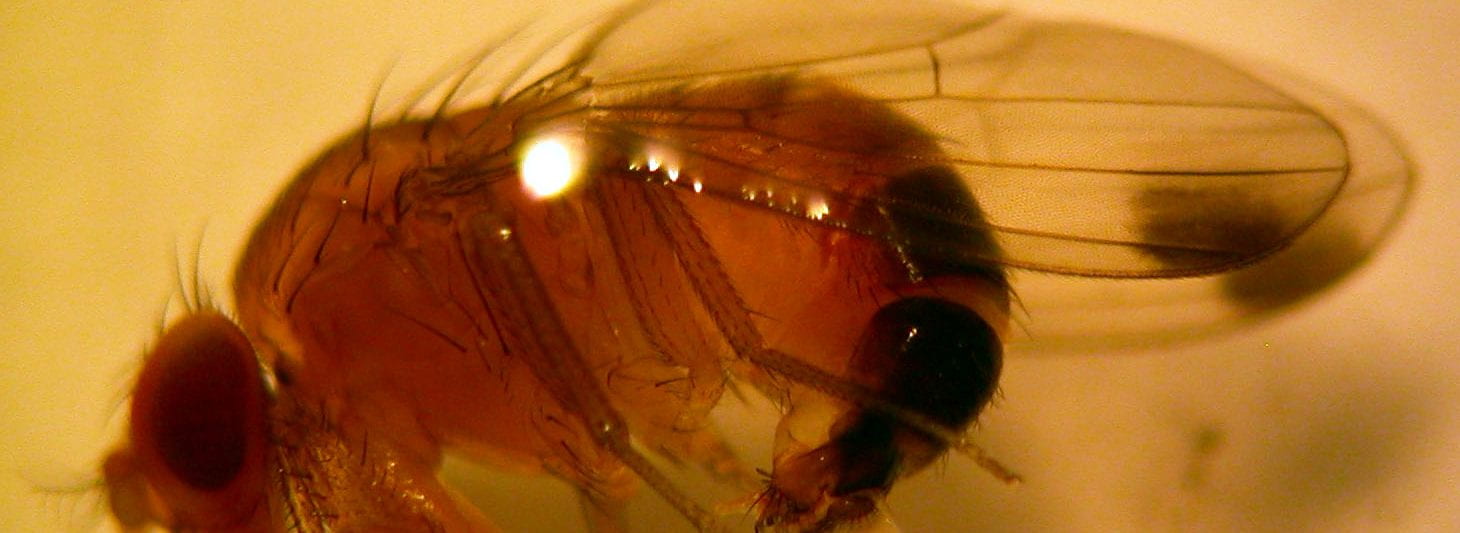One female SWD was caught in one of four traps set in a raspberry planting. These traps, checked on June 24, 2019, are being monitored by Crystal Stewart and Natasha Field, Cornell Cooperative Extension Eastern NY Commercial Horticulture Program.
Raspberries are not yet ripe at this location, but when they ripen, they will be at risk of infestation by SWD! Comprehensive information on SWD IPM is available in the IPM Guide from the NE IPM Center SWD Working Group:
Spotted Wing Drosophila IPM in Raspberries & Blackberries
neipmc.org/go/swdpub1
Consult Cornell Fruit Resources SWD Management, fruit.cornell.edu/spottedwing/management/. Refer to the Cornell Guidelines, http://cropandpestguides.cce.cornell.edu/. Commercial growers should have the 2019 versions of the Berry Crops, Tree Fruit, or Grape Guidelines.
There are 16 sites out of 25 sites (64%) in the monitoring network that have caught SWD. Numbers caught, even at sustained catch, are still low. However, ripe fruit will be at risk of infestation — June and spring-bearing, overwintered day-neutral strawberries, blueberries, tart and sweet cherries, raspberries, blackberries, elderberries, peaches, plums — probably in that order of ripening.

SWD populations will build rapidly when fruit is available for oviposition sites, during warm, humid, cloudy weather, and wherever crop canopies are dense and weeds are not managed or mowed. A mated female can lay about 1-3 (or more) eggs per fruit, 7-16 eggs per day, and about 350 eggs during her life span of about three weeks.

